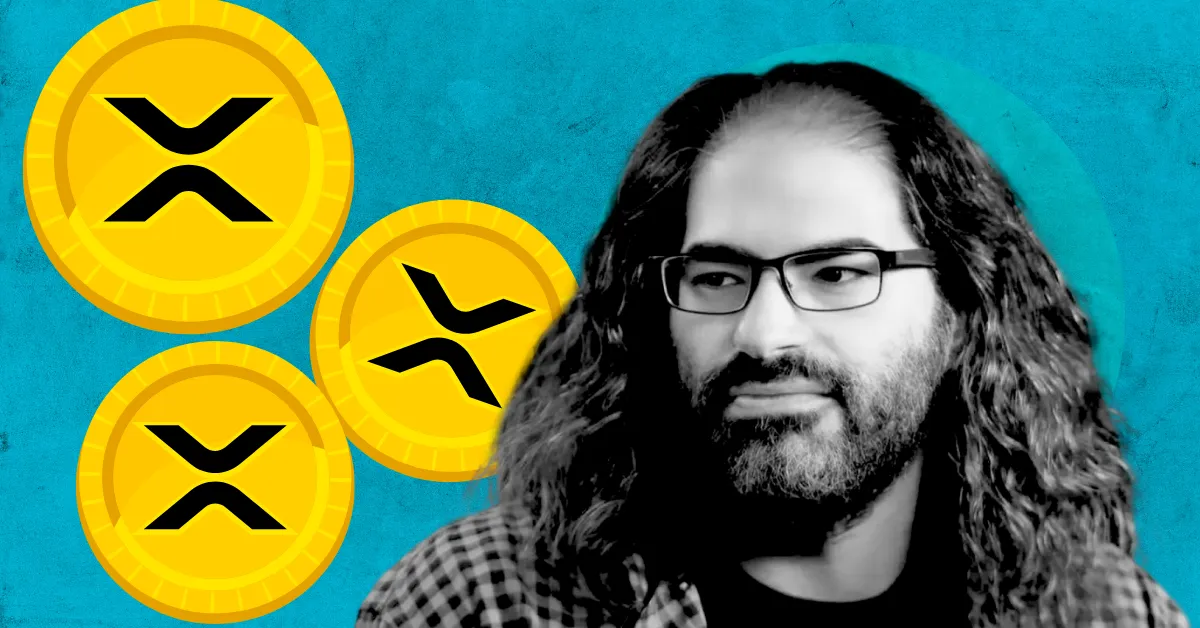
Ripple CTO David Schwartz proposes two new XRP fee models to prevent user overpayment.
One model suggests post-consensus refunds; the other, median-based fee rebates.
Neither system is official yet, but Ripple is actively exploring smarter fee structures.
Ripple’s Chief Technology Officer, David Schwartz, is back in the spotlight – this time challenging a core assumption about blockchain fees. In a candid thread on X, Schwartz asked whether users are overpaying just to get their transactions confirmed and proposed two new ideas that could reshape how fees work on the XRP Ledger.
His suggestions have already sparked lively discussion among developers and users. The goal? Make fees more fair, more efficient, and less punishing for honest users.
Proposal One: Refunds After Consensus
Schwartz’s first idea tackles a common issue in crypto – paying more than you need to.
Right now, XRP Ledger fees are dynamic but non-refundable. If you bid more than the minimum required to get your transaction through, the extra is simply burned. That means users who play it safe by overbidding end up losing money for being cautious.
To fix this, Schwartz suggests a post-consensus system: once the network agrees on which transactions make it into a ledger, it calculates the actual minimum fee needed. If a user paid more than that amount, they’d get a refund for the difference.
This would keep incentives in place, users still want to get included, but without the downside of overpaying. The challenge, though, is getting all validators to agree on that final threshold without risking network issues. Schwartz admits it’s tricky, but believes it can be done with the right protocol tweaks.
Proposal Two: Refund Anything Above the Median
His second option is simpler: just refund any fee paid above the median of all accepted transactions in that ledger.
It’s easier to implement than the first idea, but not perfect. If everyone bids the maximum they’re willing to pay, the median will be high and users could still end up overpaying.
“Everyone overpays. That’s not ideal,” Schwartz pointed out. The bigger vision is to let users reveal what they’re willing to pay without being penalized for it.
What This Means for XRP Ledger and Ripple’s Roadmap
Neither idea is part of Ripple’s official development roadmap yet, but the fact that Schwartz is opening the floor to discussion shows Ripple’s leadership is actively thinking about better fee models.
Both proposals aim to improve user experience on the XRP Ledger, making it more cost-effective, transparent, and fair. As blockchain adoption grows, fee design will become even more important, and Ripple seems eager to lead the way.
In a space where every transaction counts, this could be the start of a much-needed rethink of how we pay to use blockchain.
Never Miss a Beat in the Crypto World!
Stay ahead with breaking news, expert analysis, and real-time updates on the latest trends in Bitcoin, altcoins, DeFi, NFTs, and more.
FAQs
Transaction fee fairness is crucial for mainstream adoption. High or unpredictable fees deter users and businesses, while fair, transparent, and stable fees encourage wider participation and make blockchain more appealing for everyday use.
Yes, successful implementation of fair fee proposals could set a new industry standard. They might influence other blockchains to adopt more equitable and predictable fee structures, fostering a more user-friendly environment.
Fairer and more transparent fee models could positively influence regulatory perceptions, demonstrating that the crypto industry can self-regulate towards user protection and market integrity, potentially leading to more favorable regulatory outcomes.
Trust with CoinPedia:
CoinPedia has been delivering accurate and timely cryptocurrency and blockchain updates since 2017. All content is created by our expert panel of analysts and journalists, following strict Editorial Guidelines based on E-E-A-T (Experience, Expertise, Authoritativeness, Trustworthiness). Every article is fact-checked against reputable sources to ensure accuracy, transparency, and reliability. Our review policy guarantees unbiased evaluations when recommending exchanges, platforms, or tools. We strive to provide timely updates about everything crypto & blockchain, right from startups to industry majors.
Investment Disclaimer:
All opinions and insights shared represent the author's own views on current market conditions. Please do your own research before making investment decisions. Neither the writer nor the publication assumes responsibility for your financial choices.
Sponsored and Advertisements:
Sponsored content and affiliate links may appear on our site. Advertisements are marked clearly, and our editorial content remains entirely independent from our ad partners.







